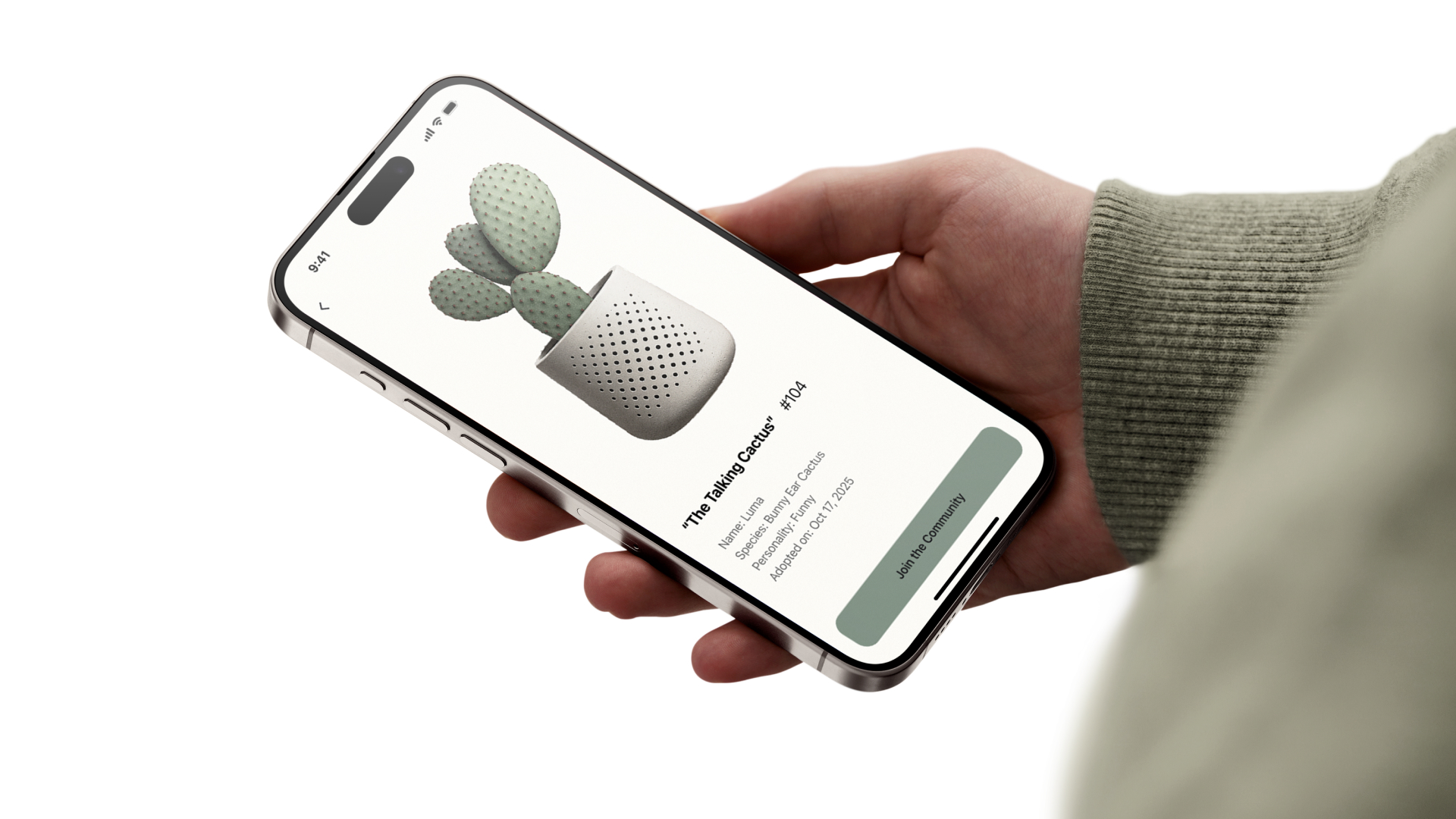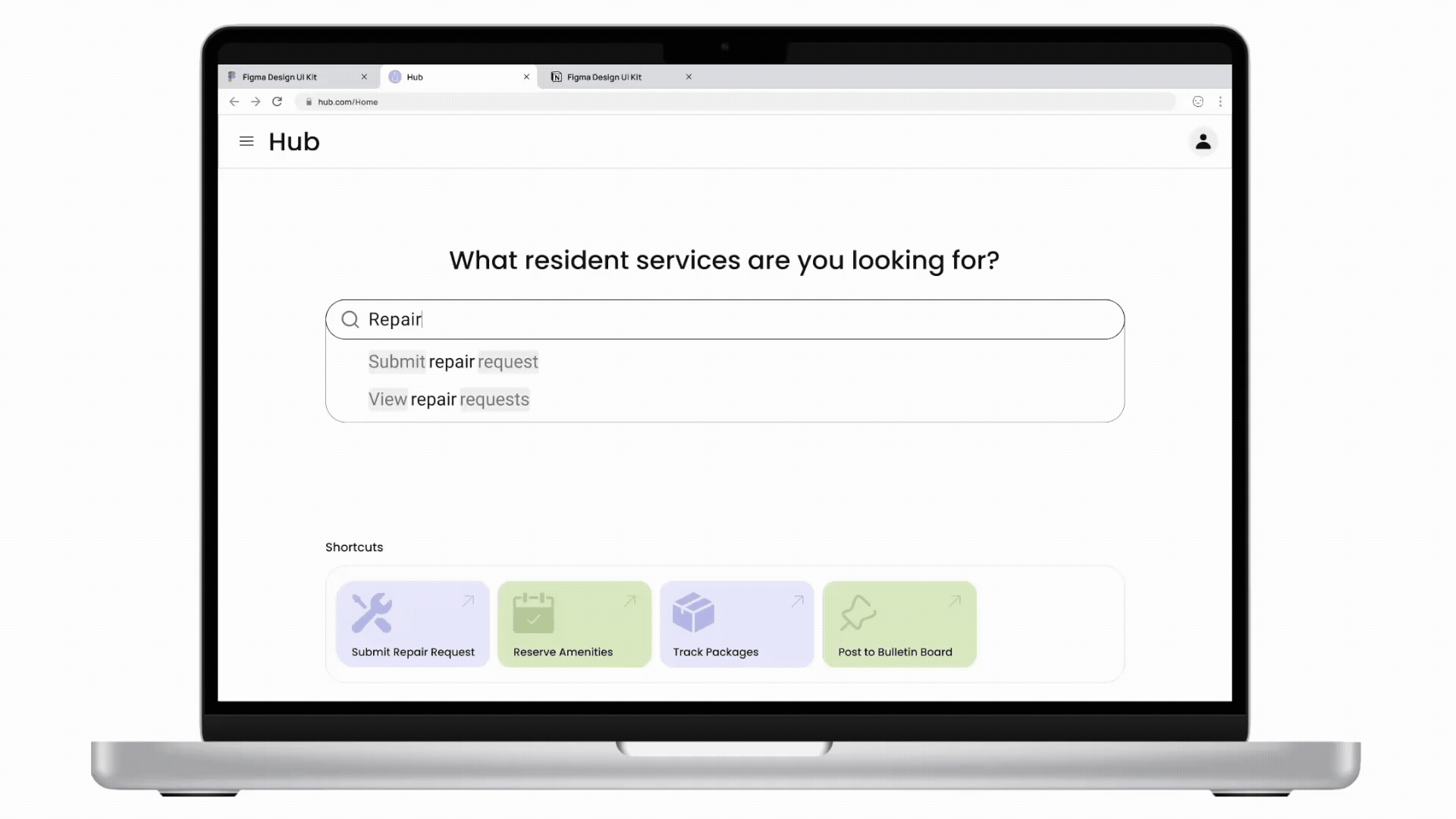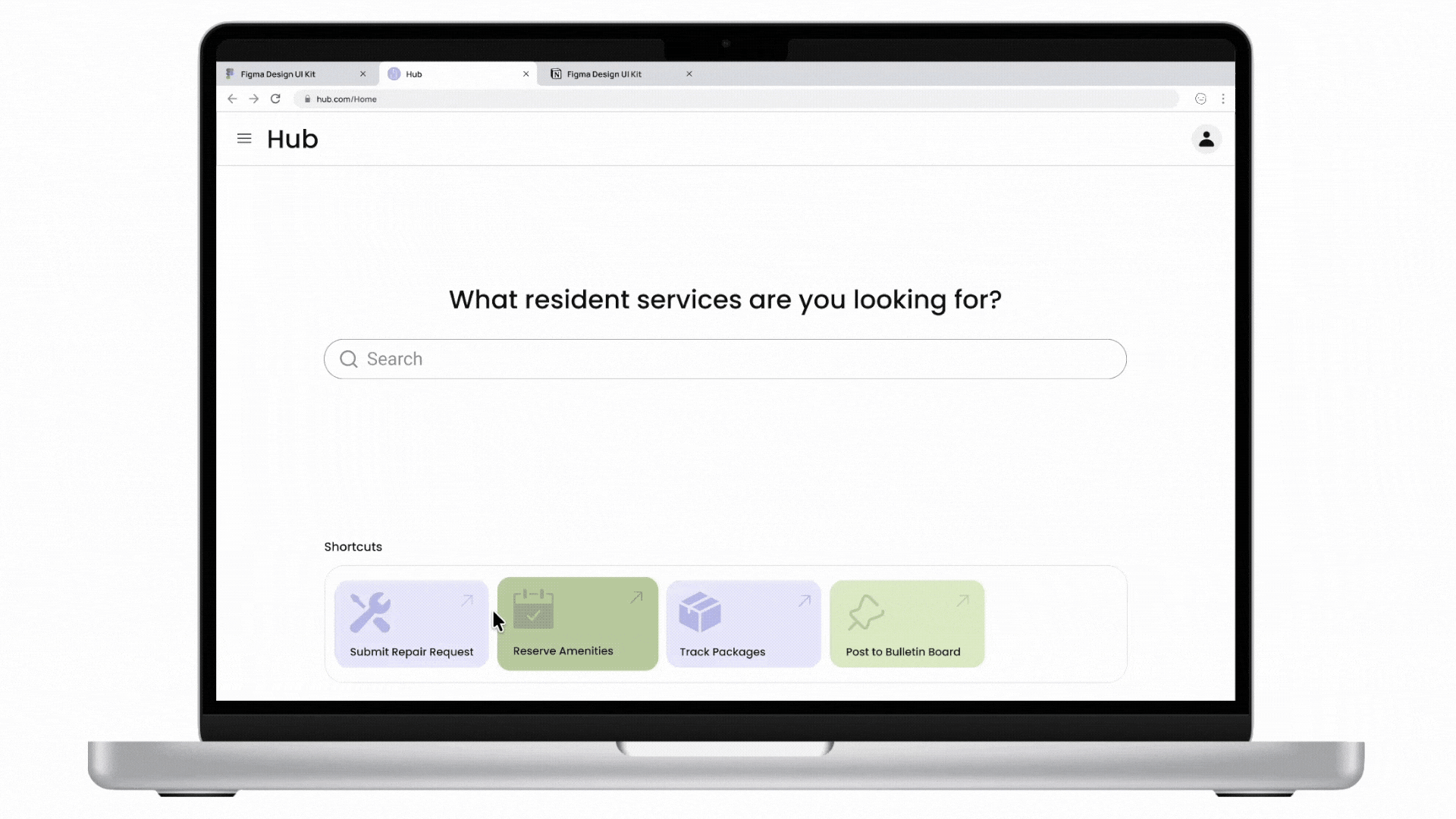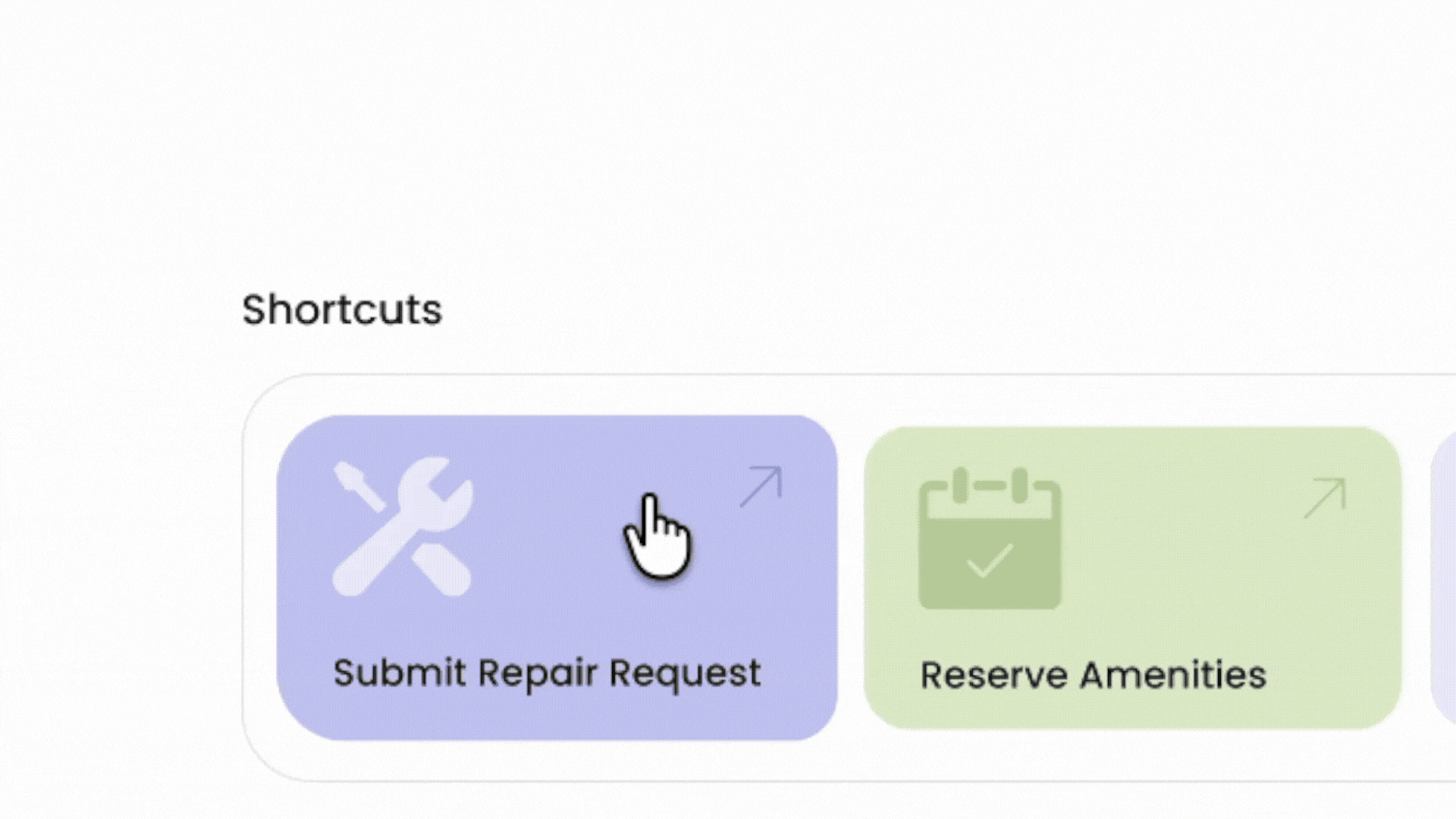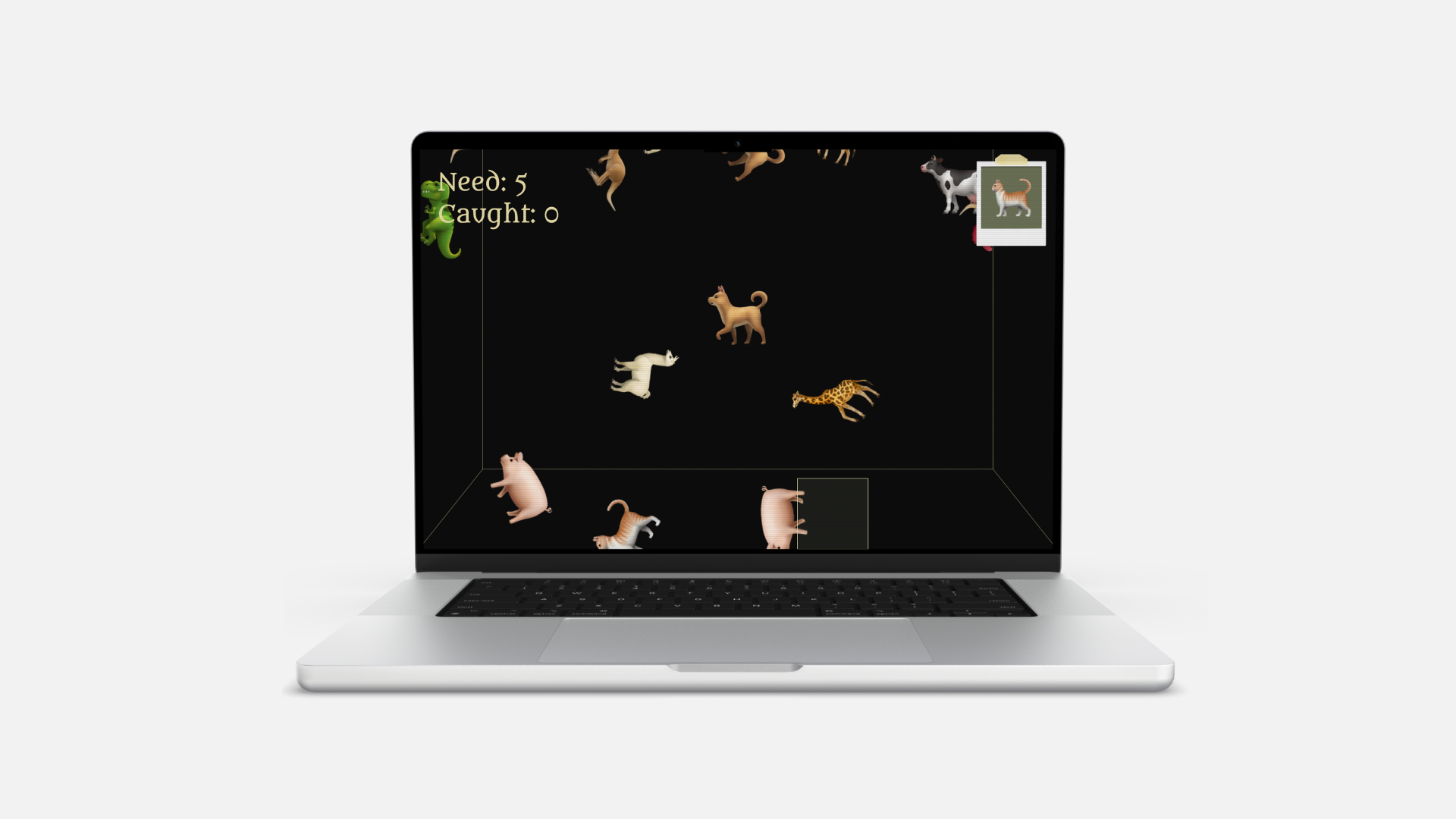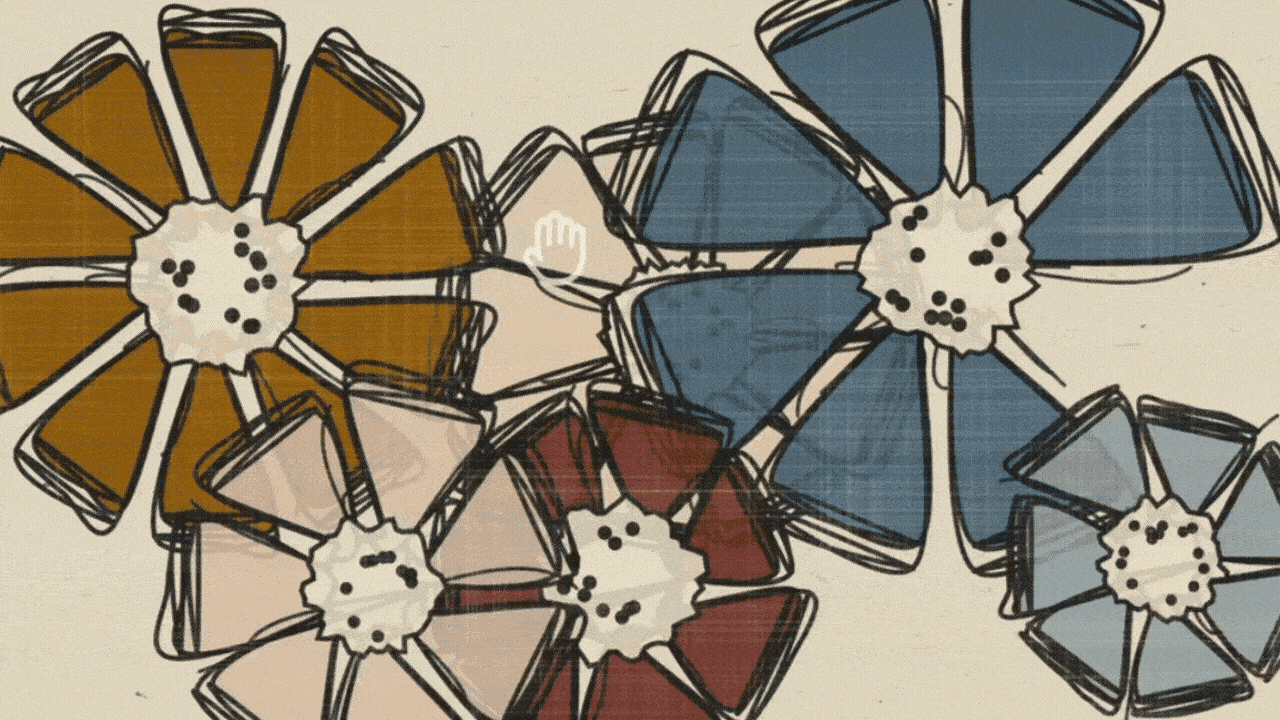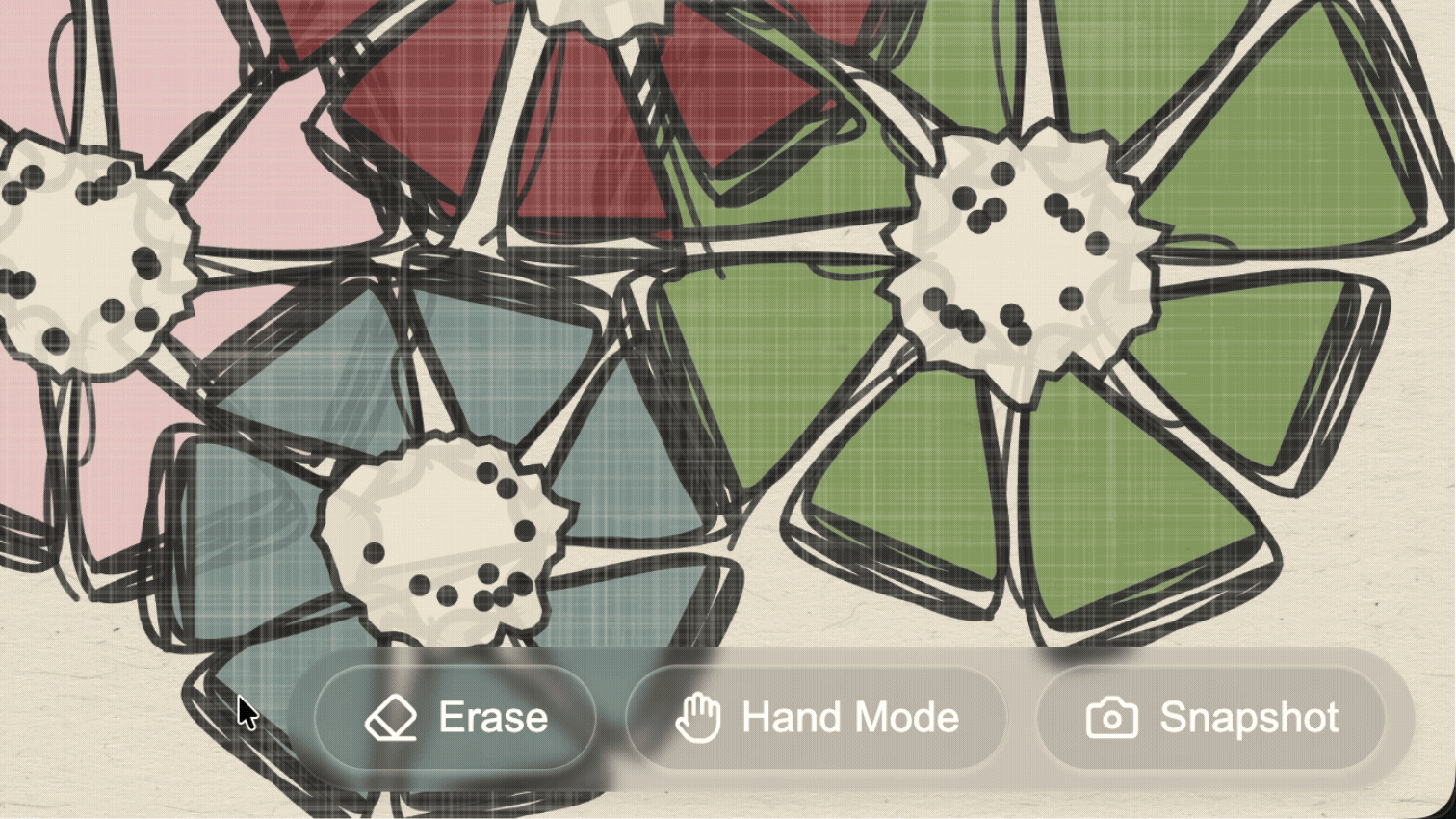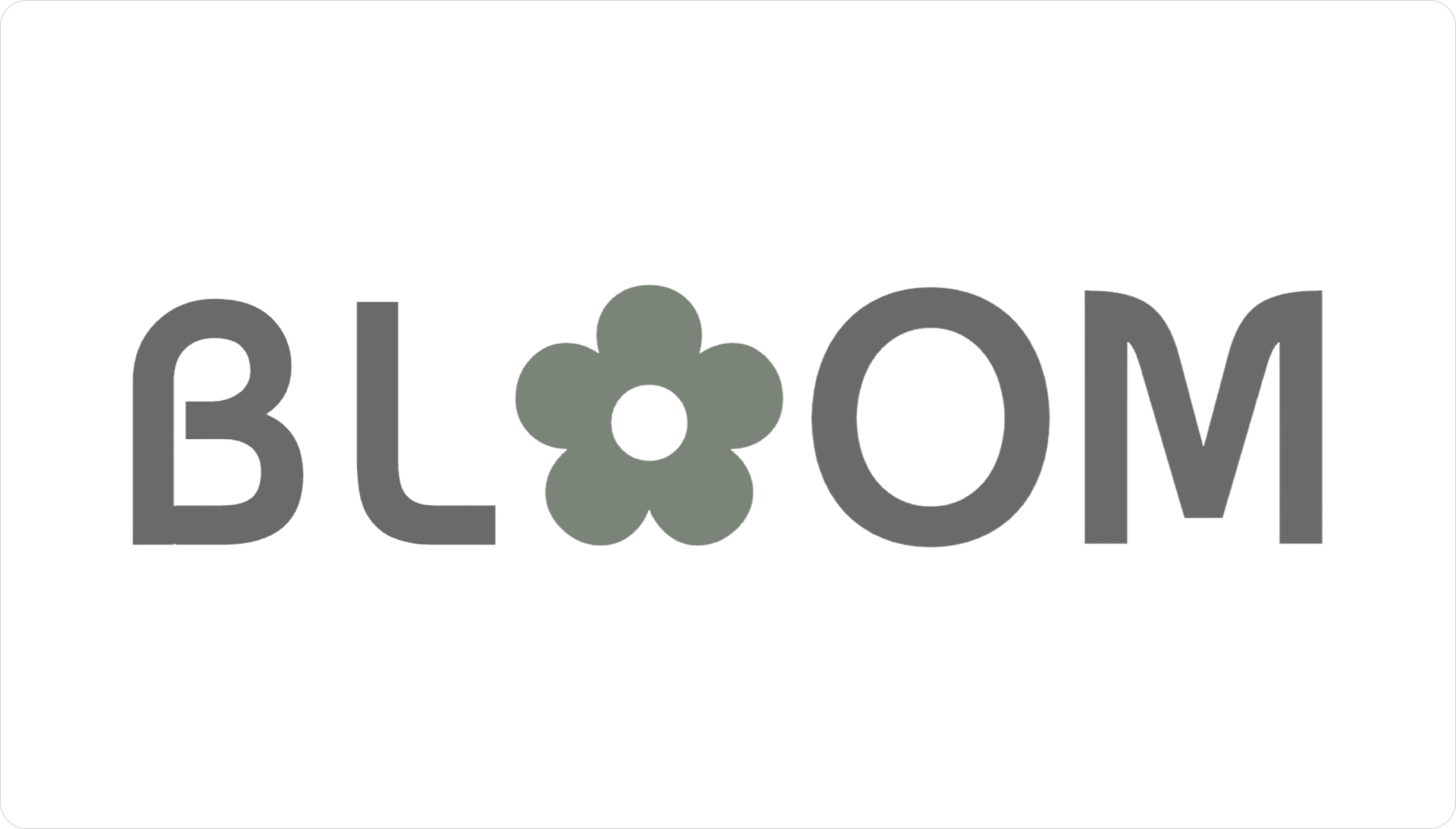Cactus is a task and information management app designed to reduce cognitive overload through conversational AI and smart automation. The project is inspired by cognitive science studies and built upon extensive user experience research. The design and prototype was done in Figma. The final deliverable includes a high-fidelity prototype and an iOS app.
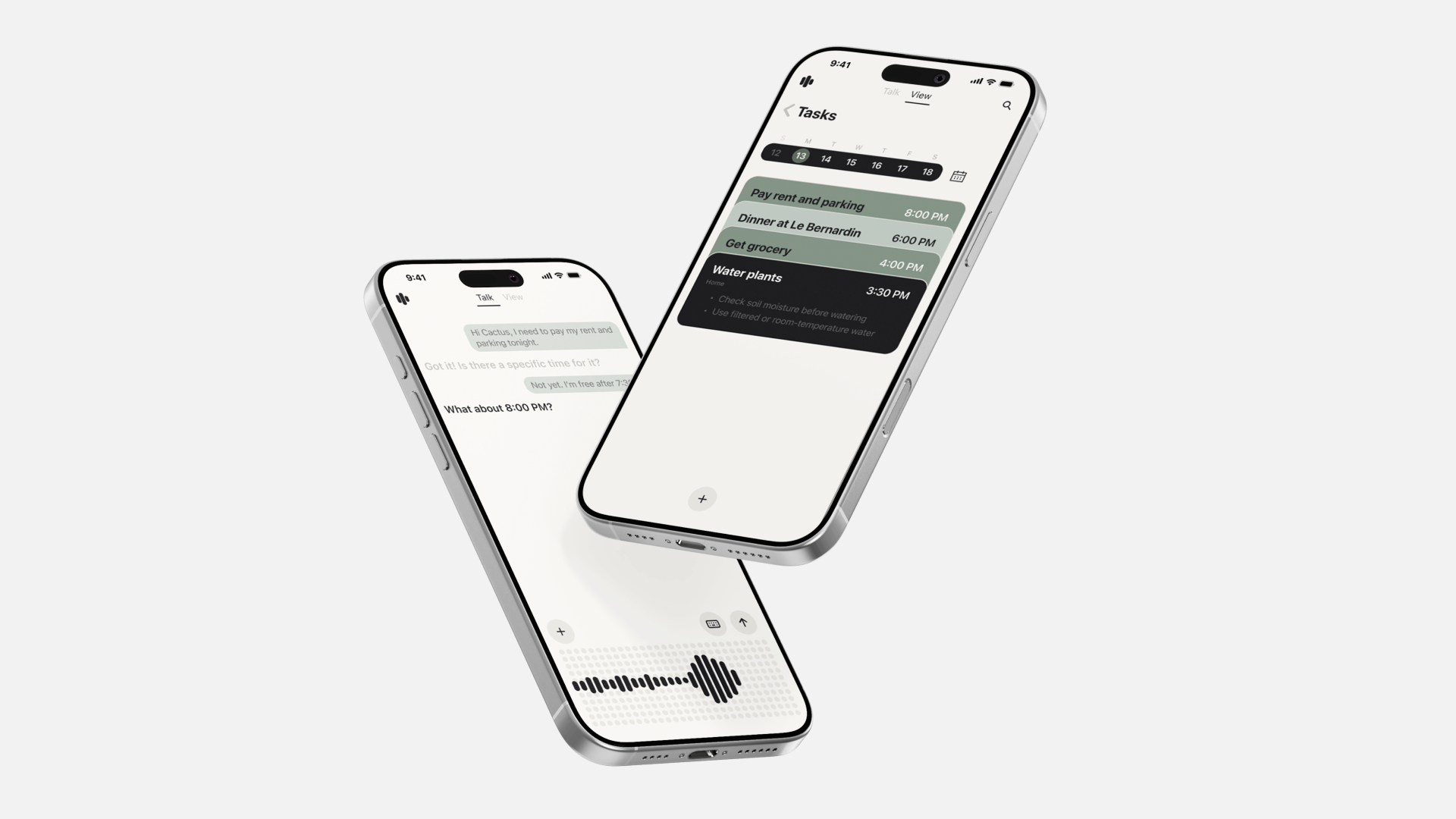









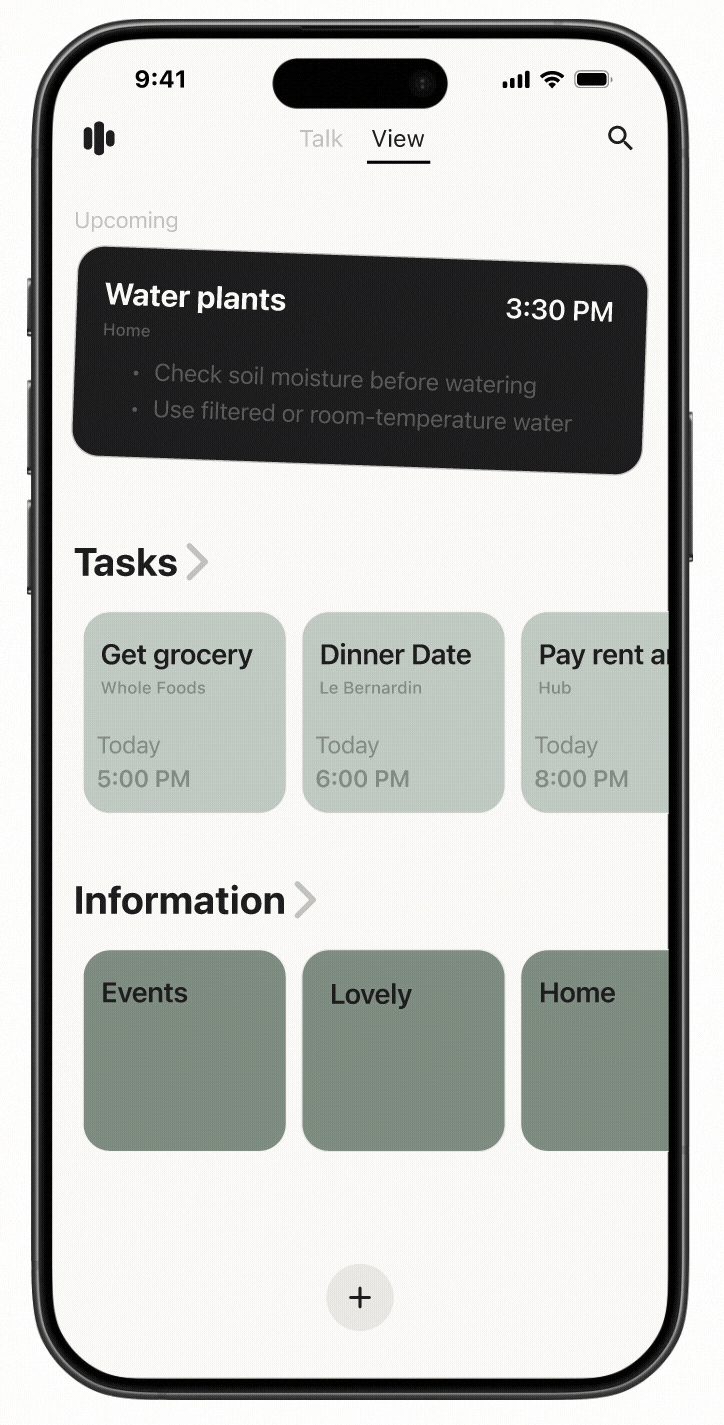
.gif)


